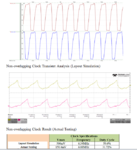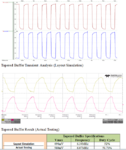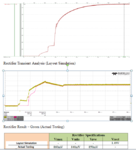littlerock
Junior Member level 2
Our team is currently working on our final circuit design. We are currently using a 65nm CMOS Technology by TSMC. We wanted to consider the capacitance/parasitics of the ESD protection devices, the bond pad, the bond wire or the interconnection between I/O and analog macro in our schematic simulation. We have tried fabricating an IC before but it failed to function as expected. We suspected that maybe because we were not able to consider such parameters during the schematic simulation. We wanted to do it right this time.
I have read a source, shown below, but it only states about the bond pad parasitics. Is this a reliable source?
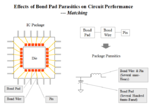
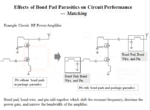
And my question is, how am I supposed to add the parasitics on my circuit schematic and where can I get the values of these components? I will really appreciate any help. Thank you so much.
I have read a source, shown below, but it only states about the bond pad parasitics. Is this a reliable source?


And my question is, how am I supposed to add the parasitics on my circuit schematic and where can I get the values of these components? I will really appreciate any help. Thank you so much.
